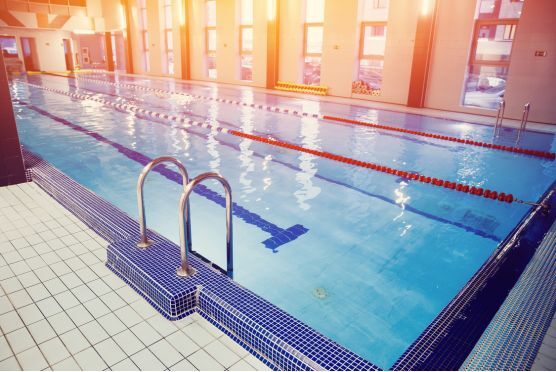Reducing energy use in nurseries and day care without disruption
You feel the squeeze every month. Heating needs to stay on, rooms must stay cosy, meals need cooking and laundry never stops. Children come first,...
2 min read
 Stephanie Beadling
Oct 24, 2025 12:26:13 PM
Stephanie Beadling
Oct 24, 2025 12:26:13 PM

Still, when comfort slips, guests feel it, and costs rise. The aim isn’t to strip back warmth or fresh air; it’s to keep conditions stable while cutting waste that no one benefits from.
A workable plan fits around daily operations and holds up under staff changes and busy weeks. Try this rhythm:
This approach doesn’t add noise to your week; it turns scattered jobs into a steady routine, so savings build without denting the experience people come for.
If you’d like help choosing the right tactics for your gym, pool or sports centre, we can help. Speaking to our team we’ll help you shape a plan that fits your calendar and keeps guests happy while waste comes down.

You feel the squeeze every month. Heating needs to stay on, rooms must stay cosy, meals need cooking and laundry never stops. Children come first,...

You juggle safety, warmth, happy faces, staff rotas and a budget that never stretches quite far enough. Energy prices and parent expectations haven’t...

Long hours, temperature-sensitive spaces and constant pressure on service can leave energy low on the to do list. Still, when comfort slips, guests...